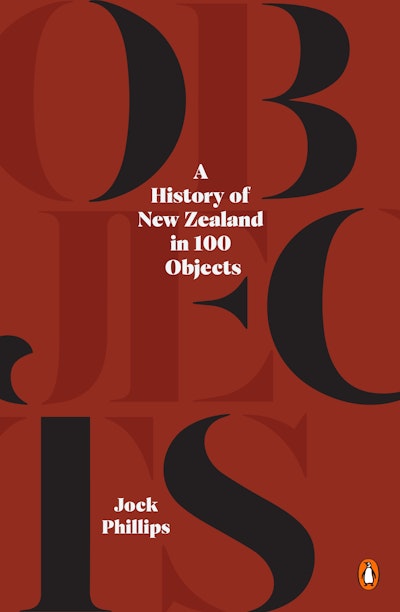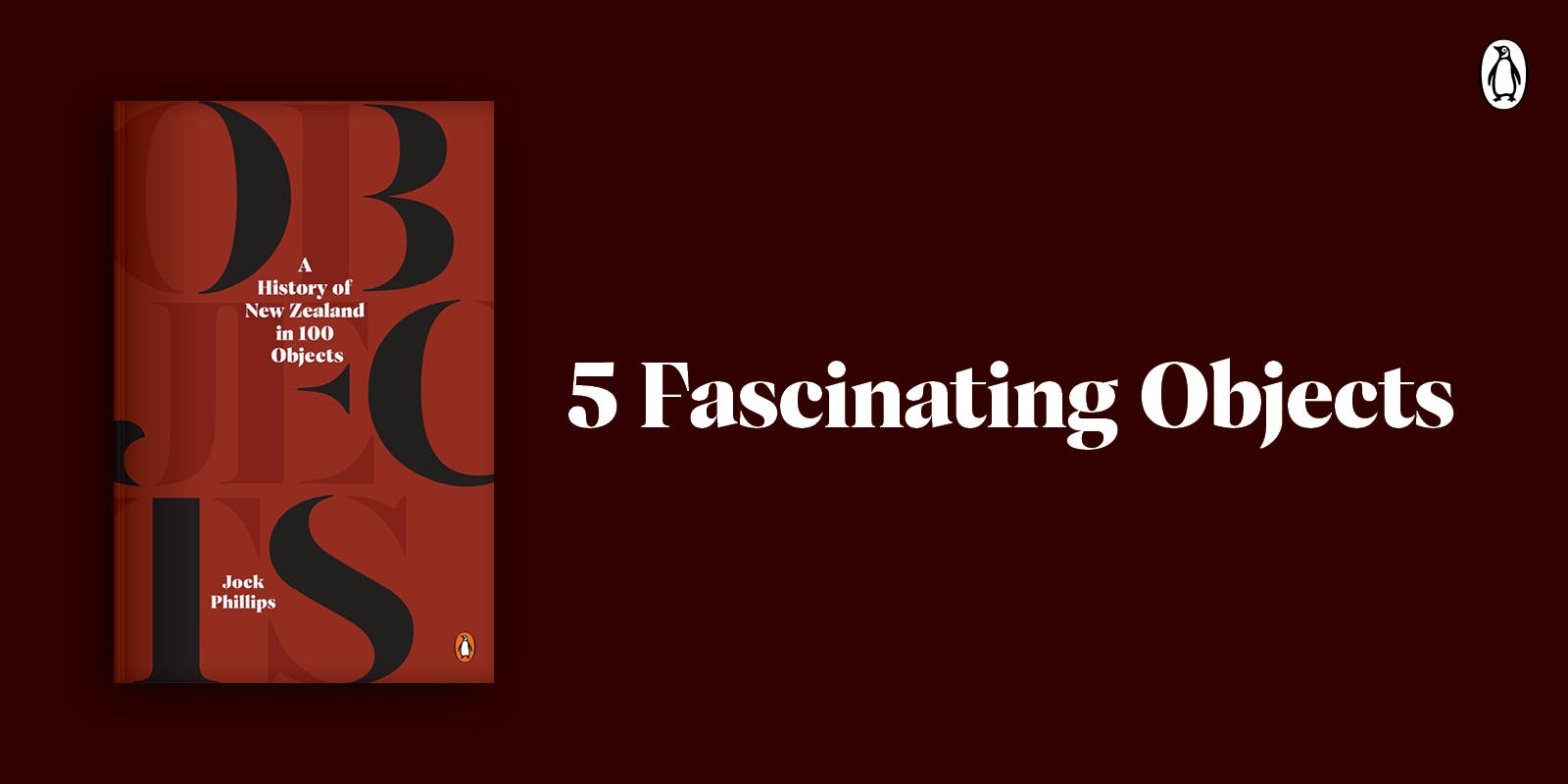
Gripping, inclusive and deeply human, this is New Zealand history through a new lens – get a sneak peek at 5 objects offering 5 entry points into the powerful, captivating stories of our shared past.
Crocodile jaw |
|
 |
We tend to think of New Zealand as a ‘new country’. A place without ancient history, inhabited by only birds and trees. Upon its discovery in 1997, this object helped revolutionise the way we think of our country’s history. This jawbone belongs to a prehistoric crocodile, once an inhabitant of a large inland lake in central Otago about 18 to 14 million years ago. Its size suggests that the species was about 3 meters long. Quite small compared to other members of the family. Since the discovery of this crocodile jaw, another 150 fragments have been discovered and the bones of a second species of crocodilian. The ancient croc was not the only strange beast inhabiting this country at that time. Scientists have also found ferocious shark-toothed dolphins, a giant shark some 13 metres long with teeth the size of a fist, a terrestrial turtle, and a land-based mammal which palaeontologists have dubbed the ‘waddling mouse’. So much for the myth that ancient New Zealand was just a quiet haven for birds! |
Monck’s Cave Kuri |
|
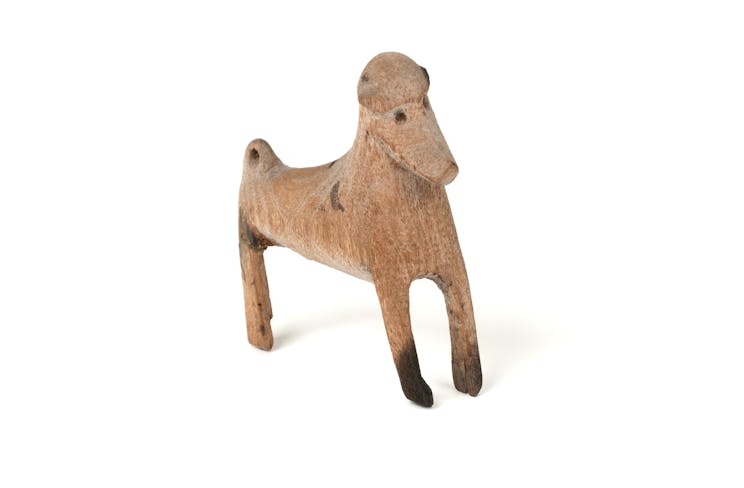 |
Discovered by a young boy exploring a cave system in Redcliffs, near Christchurch, this carved wooden dog was dated back to a time when moa still roamed the country. The exact purpose of the carving remains a mystery, but its existence reflects the importance of the kurī to early Māori and provides a good idea of the dog which Māori had brought with them to Aotearoa. Why were kurī so valuable for these early Māori? Perhaps, like modern dogs, kurī were companions, which might explain this slightly sentimental carving. It is quite possible that kurī were also valuable as hunting dogs. And of course there is no doubt that in a world where there was limited protein, dogs were a valuable source of nourishment. When the first European explorers reached New Zealand kurī were still plentiful around Māori settlements; but it appears they did not remain pure-bred for very long. The last-known pure kurī is a somewhat bedraggled specimen now at Te Papa which was collected in the Catlins in 1876. By then, dogs of other species had become essential companions and workers in New Zealand. If our Monck’s Cave kurī was indeed a sentimental tribute to man’s best friend, it was but the beginning of a very long New Zealand tradition. |
Meri Te Tai Mangakahia’s parlimentary chest |
|
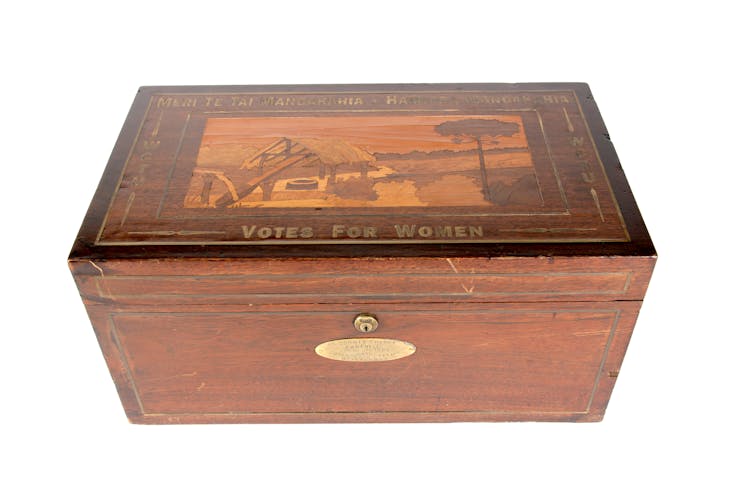 |
Alongside the 1893 Votes for Women petition, there is quite a different women’s suffrage story in New Zealand. This chest commemorates the effort, by Māori women, also begun in 1893, to win for themselves the vote and representation in the Māori parliament. The names on this chest, Meri Te Tai Mangakāhia and Hāmiora Mangakāhia, refer to a couple who both played prominent roles in Māori parliament, with Meri being an active campaigner for women’s suffrage. As well as the phrase ‘votes for women’, along the top of the box are the letters WCTU. Was temperance, represented by the Women’s Christian Temperance Union, also an important influence for the campaign for women’s place in the Māori parliament as it had been for Kate Sheppard? When Meri first spoke on why Te Kotahitanga should give women the right to vote and stand as members on 18 May 1893 her explicit reasons were all about land, the issue that had motivated the Māori parliament in the first place. There is no question that land, rather than temperance and moral reform, was the major focus of Māori women activists in the period. In 1897 when Te Kotahitanga met at Pāpāwai, suffrage of Māori women in their own parliament was finally granted. Today the box is once more treasured as a tribute to a brave and impressive woman whose battle for suffrage in the Māori parliament in 1893 points up yet again how similar, yet different, were the concerns of Māori and Pākehā in late nineteenth-century New Zealand. |
Winston Reynolds television set |
|
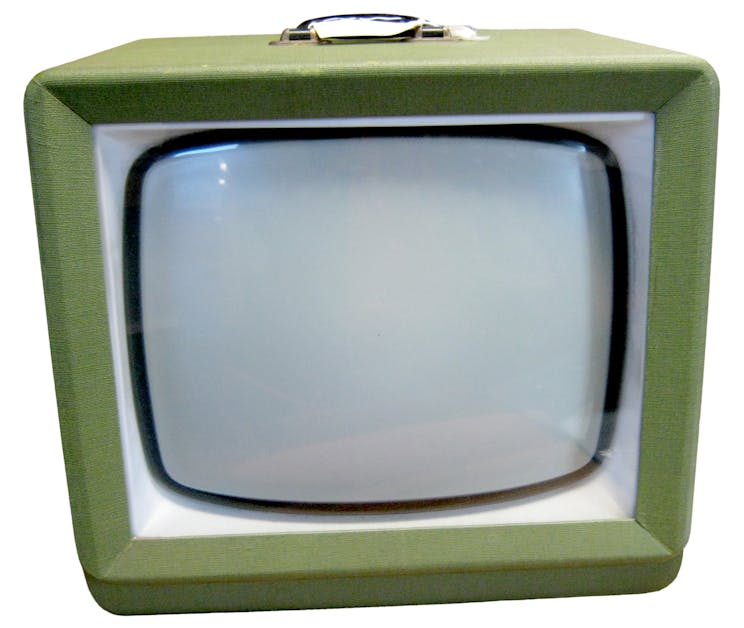 |
The oldest working television set in New Zealand was built in Hokitika. An extraordinary fact, given that the West Coast was about the last area of the country to officially receive a television signal! The person who made the set was Winston Reynolds. In 1958 he managed to obtain parts for a kitset television which he then assembled. At the time, there was no organised television transmission in New Zealand. The country was far behind developments overseas. The first official transmission, for a mere two hours, came on 1 June 1960. It was only receivable in Auckland; and only for two nights a week. The West Coast, isolated from east and north by the Southern Alps, had to wait until 1975 to obtain a satisfactory signal. So, having built his television set in 1958, what did Winston Reynolds watch? He erected a huge aerial above his house to obtain a snowy signal with erratic sound from a Sydney station across the Tasman. In 1964 Winston discovered that, by locating his set on the Hokitika wharf, it was possible, in good conditions, to receive a signal from Mt Sugarloaf transmitting the Christchurch station. Winston, by now a public-spirited local councillor, decided to make his television a social service. He set up the ‘Hokitika and Districts Televiewers’ Society’, erected a 70-foot aerial on the wharf, and residents of Hokitika were free to come down, sit on hay bales and banana boxes in the old wharf building and enjoy Christchurch television (even if occasionally interrupted by Australian signals!). Perhaps deservedly, Winston Reynolds was elected Mayor of Hokitika and died in office in 1982 after 26 years in local government. |
Peter Blake’s red socks |
|
 |
These are not Sir Peter Blake’s own red socks, the ones he wore on the successful America’s Cup challenge at San Diego in April and May 1995. Those socks were placed on his coffin after his tragic shooting by pirates on the Amazon in 2001. These socks were one pair of thousands sold to New Zealanders in 1995 and 2000 in support of the country’s America’s Cup efforts. The origin of the red socks campaign is well known. Peter Blake liked a good-luck charm on boat races, and he wore the red socks in Team New Zealand’s first race. The team won; and Blake wore them subsequently. Eventually the crew started wearing them too. Back home as the country celebrated Team New Zealand’s advance to the America’s Cup final, a young TVNZ staff member suggested that the country wear red socks in support. Full-page ads appeared in newspapers. Wearing red socks became a national expression of support, worn by everyone from the Governor-General and Prime Minister to the elephant in Auckland’s zoo. Peter Blake’s red socks success at San Diego in 1995 implied some major changes. For a start, Peter Blake was an Aucklander whose success reflected that city’s yachting culture. The America’s Cup represented the increasing dominance of Auckland in New Zealand life and presented a new image of New Zealand culture and economy. Instead of the ‘number 8 fencing wire’ society with strong rural roots and a land-based export economy, the America’s Cup presented an image of sophisticated technological know-how. Peter Blake’s career, and the America’s Cup challenge, also replaced the amateur sporting tradition with a big business alliance. Our pair of red socks proudly displays the sponsors’ names — Steinlager, Television One, Telecom, Lotto and Toyota. Yachting was not the only sport witnessing professionalism. Across cricket, athletics and rugby alike, sponsorship and advertising on team jerseys appeared whilst amateur traditions disappeared. Much can be read into Peter Blake’s red socks of the economic, cultural and sporting revolutions of the 1990s. A world of Auckland based urban expertise and professional sport had replaced the old rural mythology in the country’s sporting triumphs. But the red socks were also a tribute to Peter Blake’s inspiring leadership. In 2000 he had the vision to turn his back on his sporting and corporate success and lead a larger and more significant campaign to protect the environment of the world’s oceans and waterways. After he was cruelly killed in December 2001, and buried at a churchyard close to his home, visitors to the site quite often left behind a pair of red socks — a suitable tribute to a man widely regarded as a New Zealand hero. |
Feature Title
More features
See allLearn more about the objects in A New Zealand History in 100 Objects
Find out what readers really think of Lauren Keenan's historical fiction debut The Space Between
For most of us, energy peaks and troughs throughout the day are something we accept as part of life – but what if it didn’t have to be that way?
Does changing a habit seem like a daunting task? Atomic Habits author James Clear has four simple steps for making it stick.
Atlas of the Heart should be your next book club pick. A guide to mapping meaningful connection, this book is compelling, enlightening and ripe with discussion points.
These chickpeas have had their fair share of Insta fame for a multitude of reasons.
There is, I have to confess, no need to put the vodka in the blackberry compote that accompanies these, but it does add to the sense of occasion.
What appeals to me about this salad is the combination of lightly poached chicken, bean sprouts, spring onions and herbs with roasted chopped nuts and sesame seeds, and the slightly gloopy fish sauce, lime juice and chilli dressing.
A simple pasta dish that you can whip up in minutes from Claudia Roden's Med.
